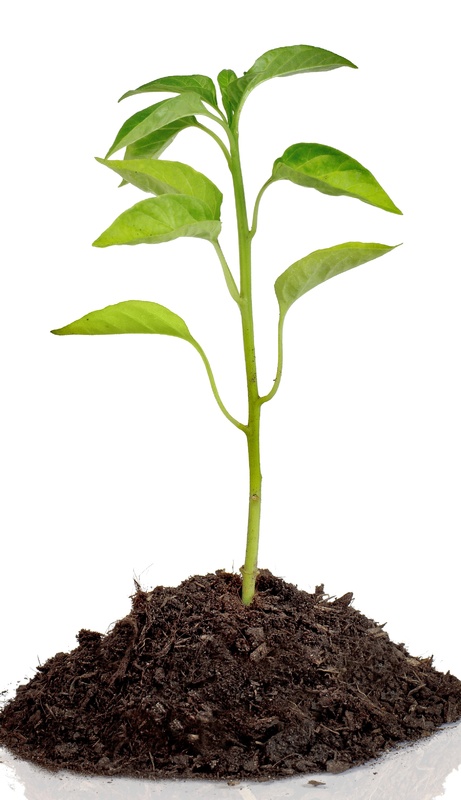Snow falling and icicles on your roof probably don’t make you think of fresh peas.
But maybe they should.
Even when the harsh Maine winter stops you from growing edible vegetables outside, you still have options.
Inside.
“Lettuce is a cold-weather crop, so it can do well inside, even though it will grow a little slower,” said Melissa Madigan, who will be teaching free classes on indoor gardening methods this Saturday at Skillins Greenhouses in Falmouth and Brunswick. “And I have some peas specifically developed to grow in containers. They’re very small, but very sweet.”
Madigan and others who work with plants say there are plenty of easy and fairly inexpensive ways to grow vegetables or herbs indoors in winter.
One of the first things to do is to choose plants that can thrive indoors, says Lois Berg Stack, a professor of sustainable agriculture at the University of Maine.
Stack says vegetables that people grow for their “fruit” or seeds need very high light. These include tomatoes, peppers, eggplants, cucumbers, beans or corn.
For indoor growing, choose plants grown for their leaves, such as lettuce or spinach. You can use containers near a window, or use specially-made “grow” lights available at nurseries and hardware stores.
Small indoor greenhouses — either tabletop models or free-standing ones 4 or 5 feet tall — can usually be purchased for $50 to $75 and up. The grow lights are usually extra, but only $10 or $20.
Or, Stack suggests, you can grow some plants just until they reach their early or “sprout” stage and eat the sprouts. She suggests alfalfa, mung bean and broccoli as good sprout crops. And sprouts require very little light.
Stack also says you can use fluorescent tube lights suspended 4 to 6 inches above low-growing plants as a light source. But for tall crops indoors, you need high-intensity lamps.
Two of the best herbs to grow indoors, Stack says, are parsley and chives.
At the classes at Skillins this Saturday, Madigan will talk specifically about indoor methods for growing lettuce, herbs, peas and micro greens.
She will talk about light and heat sources, seed and plant choices, indoor greenhouses, grow lights, watering and fertilizer, as well as using a sunroom to grow things in.
In her home, Madigan has used both a free-standing indoor greenhouse measuring about 6 feet tall and a small tabletop one.
Last year, she used the free-standing one, equipped with a grow light, to grow peas. The greenhouse had a metal frame and loose plastic sheeting around it. She said it sells for about $70.
The peas are called “peas in a pot,” and were developed specifically to be grown in containers. The plants are about 10 inches tall, the peas are small and sweet, and the yield is high.
“I toss them right into a salad,” said Madigan. “And they’re very prolific.”
Staff Writer Ray Routhier can be contacted at 791-6454 or at:
rrouthier@pressherald.com
Send questions/comments to the editors.




Success. Please wait for the page to reload. If the page does not reload within 5 seconds, please refresh the page.
Enter your email and password to access comments.
Hi, to comment on stories you must . This profile is in addition to your subscription and website login.
Already have a commenting profile? .
Invalid username/password.
Please check your email to confirm and complete your registration.
Only subscribers are eligible to post comments. Please subscribe or login first for digital access. Here’s why.
Use the form below to reset your password. When you've submitted your account email, we will send an email with a reset code.